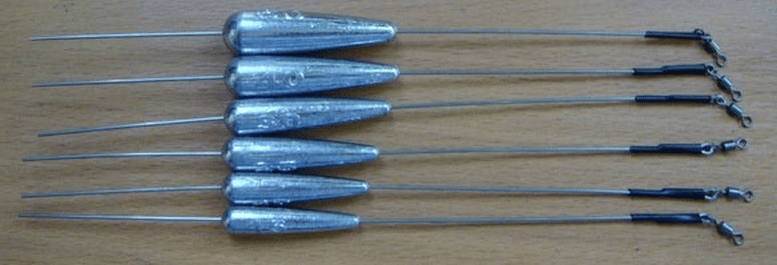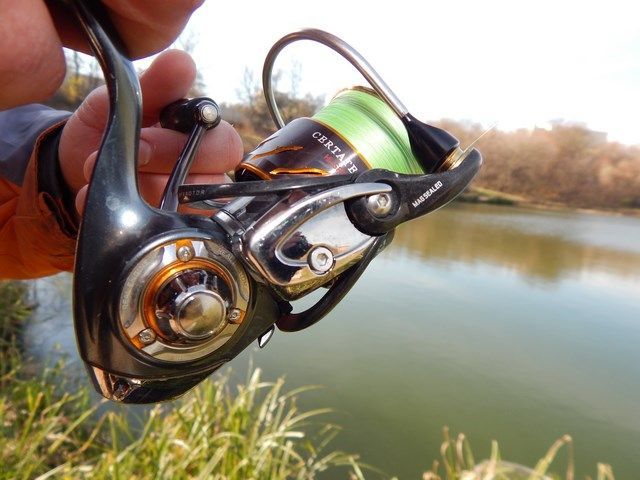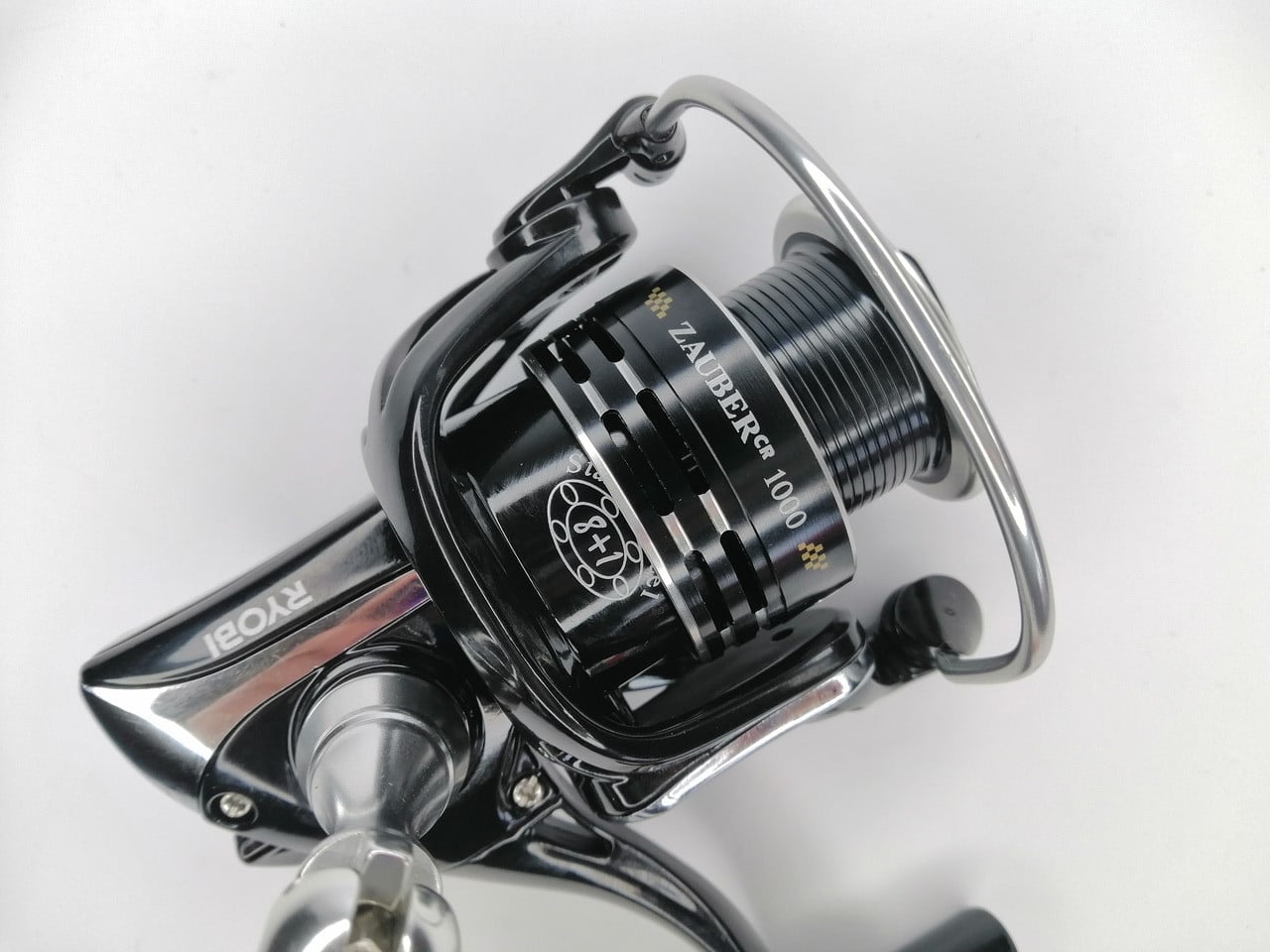When fishing, the leash is often attached directly to the end of the main line. Another trick is to attach the leash in a different location. In this case, a loop is made on the main line in the right place and the spaced spinning equipment is attached to it with a swivel. This can be useful for a variety of reasons. For example, the popular spaced-out rig, the
diverter lead, can be used simultaneously with the ballerina’s weight to fish different depths simply by changing the weight.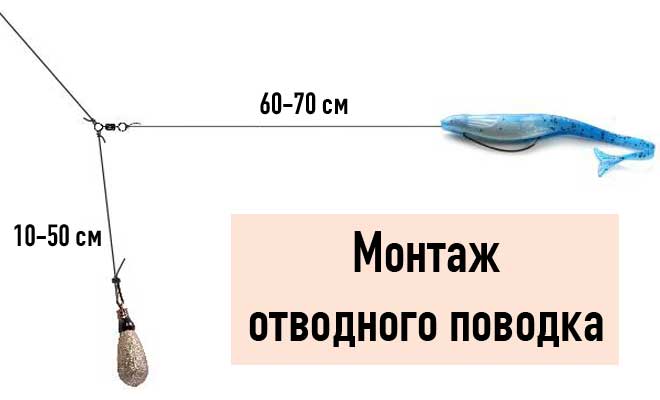
What is ballerina cargo

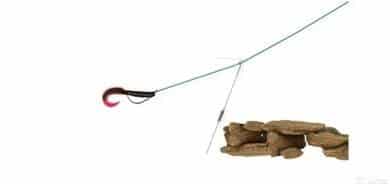
What are the features of a diverter on a load ballerina
At first glance, this lead looks a little unusual. However, its features demonstrate practical utility. It is better suited for those occasions when you need to casually move over rocks without getting stuck among them.
Hence, the main purpose of mounting on a ballerina is fishing on a rocky bottom, in particular for walleye and frequent changes in the depth of fishing and the nature of the bottom.
The higher the weight, the higher the risk of getting stuck in common lead types. Slow driving or stopping movement increases it. The ballerina’s load practically does not get stuck in such cases, provided that it lies perpendicular to the recess. If it is located along, it can fall into it. During the drive, such a load usually touches the bottom, while the tackle is slightly raised above it. This arrangement of the bait allows you to more effectively attract fish. In the process of movement, the load often moves not in a straight line, but in zigzags. At the same time, the load seems to dance, creating various movements of the bait. This was one of the reasons for the name of the weight.
When is it appropriate to use such a montage?
Its use is well combined with the use of offset hooks, which reduce the risk of snagging the gear. It is advantageous to use this load when doing wiring in difficult-to-pass places. But in general, not only single or double, but also triple hooks can be used with it. If there are shells at the bottom, then the cord or bait may fray or cut, but this will not happen with the load of the ballerina. On a muddy or sandy bottom, the sinker does not lift the plume. This tackle is most effective when fishing passive fish in cold water.
How to do the installation yourself
You can make this rig yourself. To do this, it is enough to prepare the following: a small piece of wire, a little lead, a swivel and a shrink cambric. Manufacturing takes place as follows:
- You need to prepare a mold for pouring.
- Lead must be heated so that it melts.
- A piece of wire is placed in the mold, located along the axis of the mold.
- You need to wait for the part to cool completely.
- A swivel is attached using a heat-shrinkable cambric.
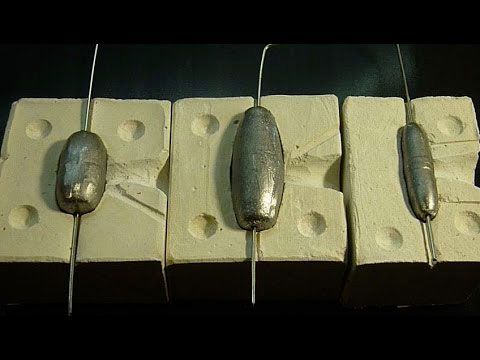

a carabiner at its end
, to which a ballerina’s load and a
fluorocarbon leash are attachedwith a hook on which a silicone bait is attached. It is attached in such a way that the point of the hook is inside. When choosing the length and weight of the load, it is necessary to take into account the presence or absence of a current in the place of fishing, its speed, the distance of the wiring, the depth of fishing and the nature of the bottom. The choice of line and the length of the leader is determined by the estimated size of the prey.
What kind of tackle is needed
Together with the type of weight under consideration, offset hooks are used. This is due to the relative protection of the ballerina’s load from hooks. This tackle is used for fishing in places with difficult bottom. The wiring is made of fluorocarbon, and braid is best for the main line.
What bait to use
With a load, a ballerina most often uses silicone baits. They are placed on the hook in such a way that it does not look out.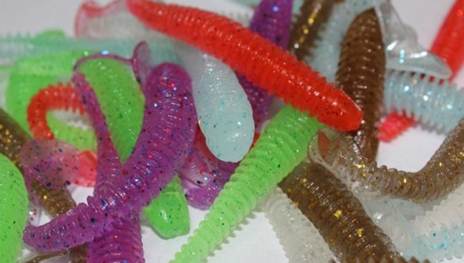
Where and how to fish with a rig
The ballerina load can be used to catch pike, perch or zander. Postings are made the same as when fishing for these fish just on a lead-off lead. More about pike fishing on the diverter: https://tytkleva.net/lovlya-xishhnoj-ryby/spinning/strategiya-i-taktika/lovlya-shhuki-na-otvodnoj-povodok.htm More about perch fishing on the diverter: https: / /tytkleva.net/lovlya-xishhnoj-ryby/spinning/strategiya-i-taktika/lovlya-okunya-na-otvodnoj-povodok.htm For more information about catching walleye on the drain: https://tytkleva.net/lovlya-xishhnoj-ryby /spinning/strategiya-i-taktika/lovlya-sudaka-na-otvodnoj-povodok.htm This rig allows you to fish in various places:
- on rocky heaps;
- at the coastal edges;
- on the shell bottom;
- in areas of the bottom with an abundance of vegetation;
- in stagnant bodies of water, where there is a high probability of snagging.
The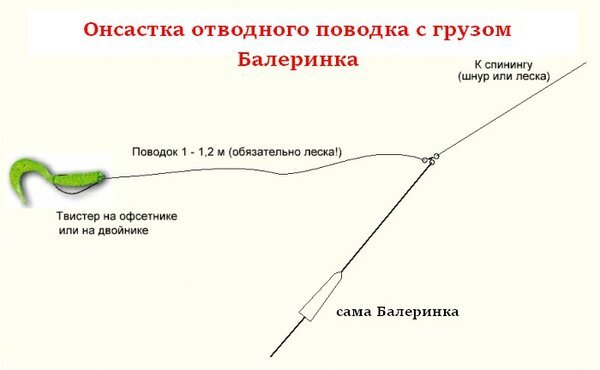
- The most popular is stop and go . In this case, the fishing line is periodically rewound, and then a short pause is made. At this time, the fish bite most often. This is especially true for fish that are inactive at this time.
- Continuous bottom drawing can be used . This option can, for example, be used for slow trolling. It is also suitable when the fisherman is looking for catching spots. Using this method, you can fish a significant area of the reservoir.
- The dash-and-dot animation is that the line winding occurs constantly. It is additionally accompanied by periodic slight twitching. It can be supplemented with sharp jerks at the request of the fisherman. With such a wiring, it is worthwhile to provide for pauses. For some predators, they can be the most attractive moment to grab the bait.
Fishing with a diverter lead on a load ballerina: https://youtu.be/M3K-xVzZnts In order to better attract fish, it makes sense to alternate different types of wires. In this case, the most successful of them can be determined.
